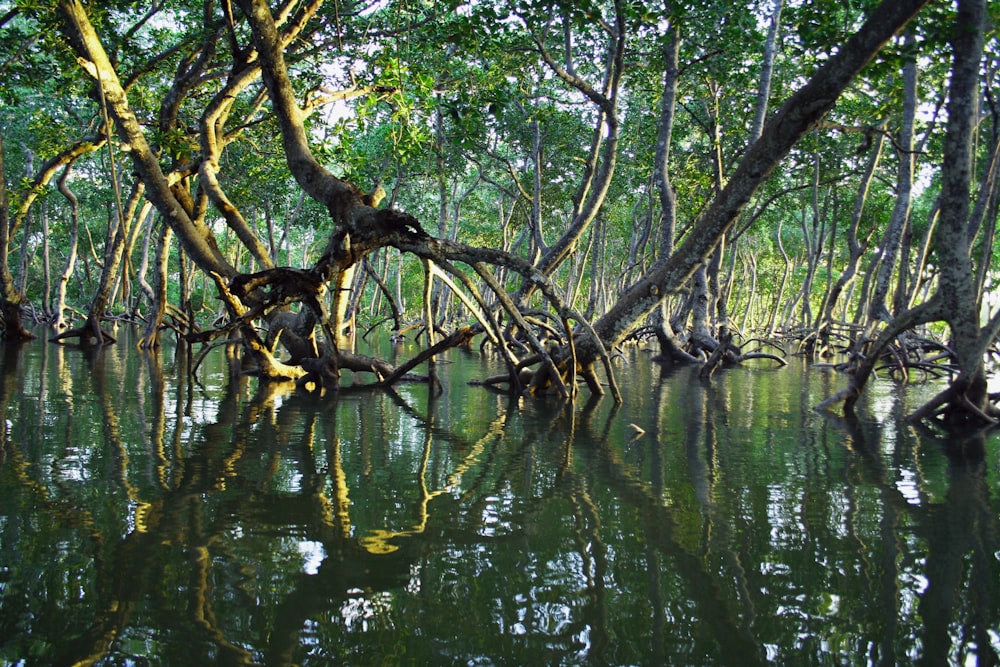As corporate demand for nature-based carbon offsets grows, project developers are beginning to use transaction mechanisms more commonly associated with conventional commodity markets, moving away from bilateral trading and towards more exchange based trading.
Auctions mark another departure from the usual way in which carbon credits are traded. Last week, Climate Impact X (CIX), a global carbon credit exchange, and Respira International, a carbon finance business, announced the successful auction of 250,000 carbon credits tied to the Delta Blue Carbon Project (DBC-1) in Pakistan, the world’s largest mangrove restoration project.
The mangrove ecosystem along Pakistan’s Sindh Province coast has been devastated by large-scale deforestation. The mangroves were cut down and used as wood fuel with further damage caused by livestock grazing. This type of ecosystem is incredibly fragile. Disturbing a single hectare of mangroves releases as much carbon as cutting down between 3 and 5 hectares of tropical forest.
‘Blue carbon’ projects include mangrove forests, tidal marshes and seagrass meadows. According to UNESCO, blue carbon assets are among Earth’s most efficient absorbers and long-term repositories of carbon. For example, mangrove forests can store more than 1,000 tonnes of carbon per hectare, more than four times the amount sequestered by terrestrial forests (see Banking on 'blue carbon': Everything you need to know about carbon credits sourced from the ocean).
DBC-1 focuses on protecting and restoring 350,000 hectares of mangrove forests, and tidal wetlands in the region. The project developer, Indus Delta Capital has helped re-plant tens of millions of mangrove seedlings over the past six years, gradually restoring more than 73,000 hectares of the fragile ecosystem to it’s natural state. Over an expected project lifetime of 60 years, DBC-1 is expected to sequester 142 million tonnes of carbon from the atmosphere and generate 128 million carbon credits.
What can we learn from the DBC-1 auction?
A uniform price auction was used to allocate the DBC-1 carbon credits. In this type of auction each prospective buyer bids for a particular number of credits, offering a price they are willing to pay. The buyer that offers the most is given priority, with subsequent allocations to other buyers also given according to how much they have offered.



